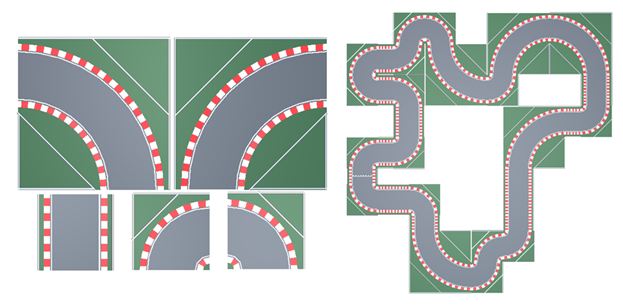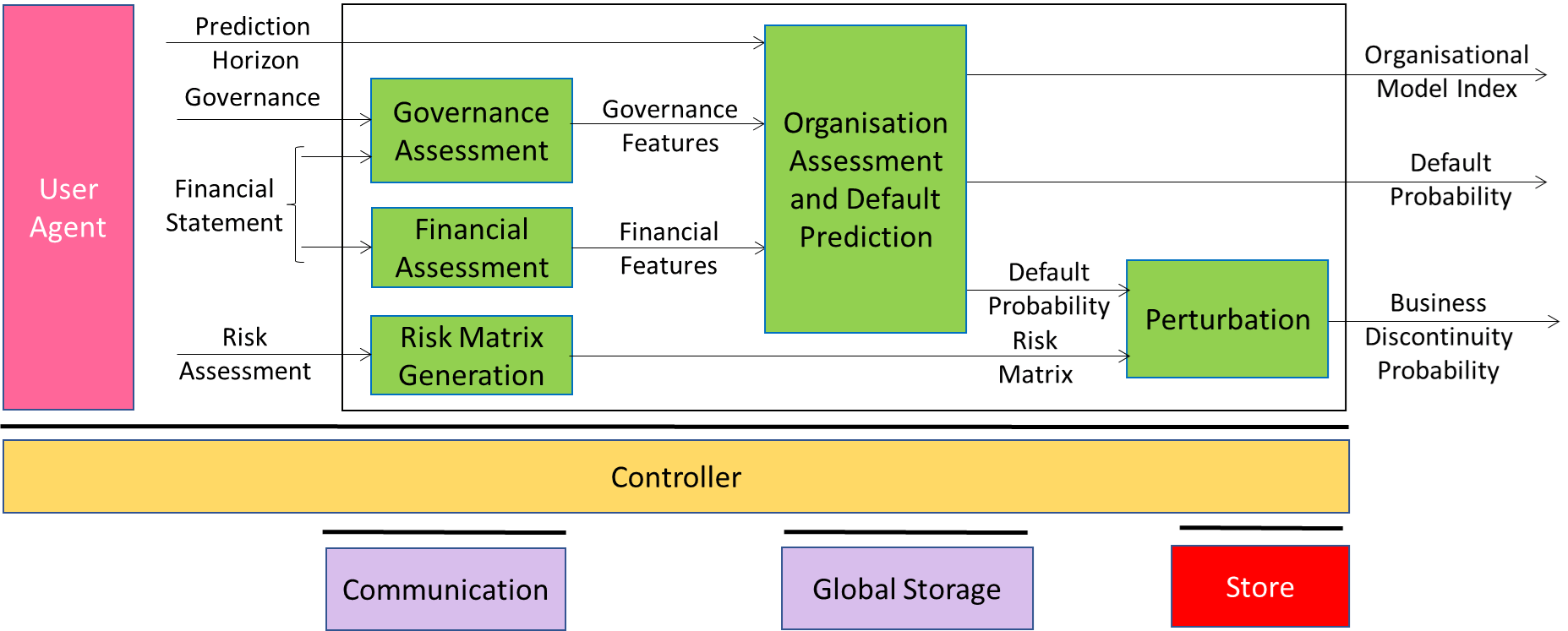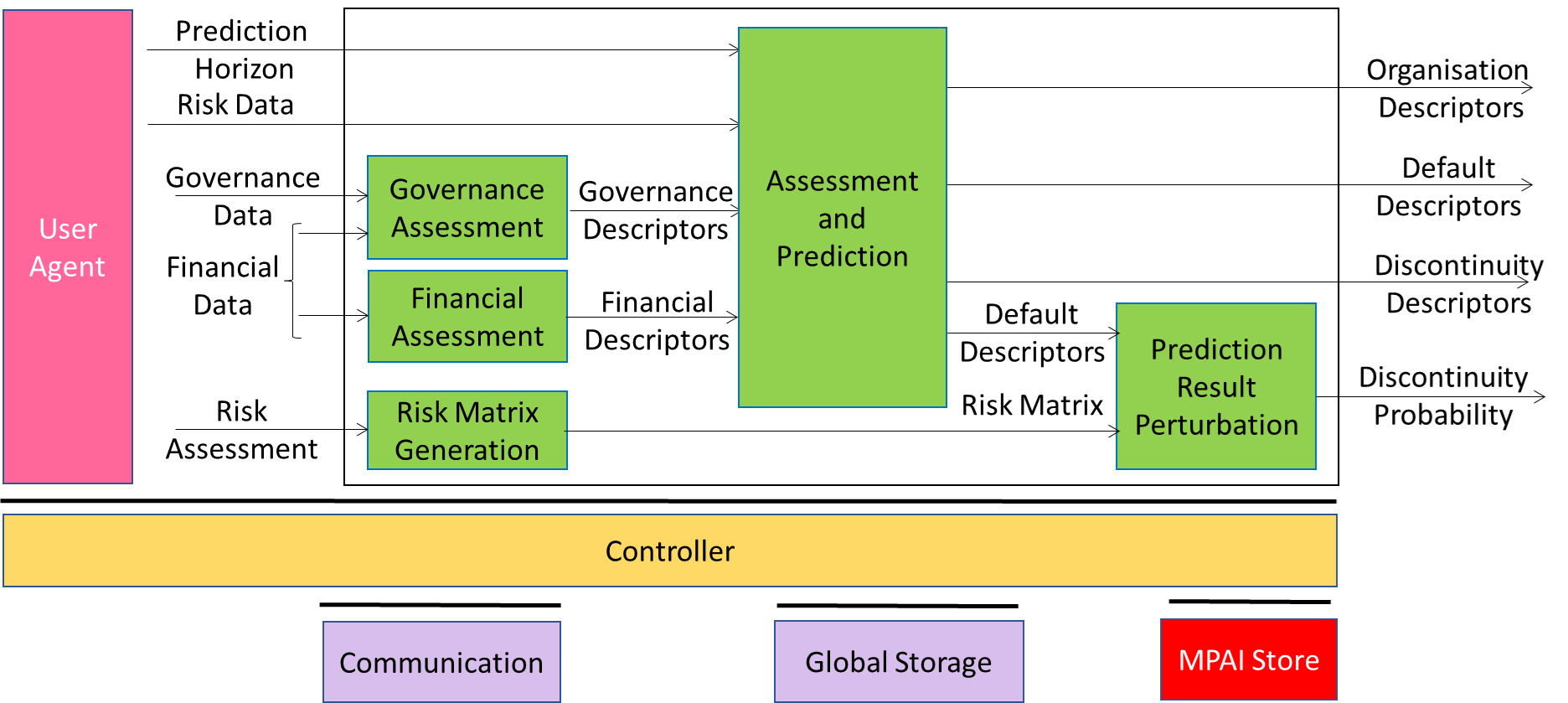MPAI releases Connected Autonomous Vehicle and MPAI Metaverse Model for Community Comments, starts Up-sampling Filter for Video Applications
Geneva, Switzerland – 19th March 2025. MPAI – Moving Picture, Audio and Data Coding by Artificial Intelligence – the international, non-profit, unaffiliated organisation developing AI-based data coding standards – has concluded its 54th General Assembly (MPAI-54) with the release of the Connected Autonomous Vehicle and the MPAI Metaverse Model standards for Community Comments and the start of the Up-sampling Filter for Video Applications (EVC-UFV) V1.0 standard project.
MPAI has been working on the Connected Autonomous Vehicle (MPAI-CAV) project since its early days and released the Architecture Specification (CAV-TEC). Today, MPAI-54 released the Technology specification (CAV-TEC) V1.0 that builds on the Architecture Specification adding subsystems, components, and data types. The specification is released with a request for Community Comments and is available from the MPAI website. Anybody is invited to send comments on MMM-CAV V1.0 to the MPAI Secretariat by April 13 at 23:59 UTC.
MPAI has been working on the MPAI Metaverse Model (MPAI-MMM) project since January 2022. So far, two technical Reports and two Technical Specifications on Architecture and Technologies were published. Today, MPAI-54 released the Technology specification (MMM-TEC) V2.0 integrating the Architecture and Technologies specifications and the Reference Software published by MPAI-53. The specification is released with a request for Community Comments and is available from the MPAI website. Anybody is invited to send comments on MMM-TEC V2.0 to the MPAI Secretariat by April 13 at 23:59 UTC.
Both CAV-TEC V1.0 and MMM-TEC V2.0 reuse technology specifications that are shared with other MPAI standard, namely Object and Scene Description (MPAI-OSD) V1.3, Portable Avatar Format (MPAI-PAF) V1.4, and Data Types, Formats and Attributes (MPAI-TFA) V1.3. The specifications – available from the MPAI-OSD, MPAI-PAF, and MPAI-TFA web pages, respectively – were released with a request for Community Comments. Anybody is invited to send comments on any of the three standards to the MPAI Secretariat by April 13 at 23:59 UTC.
MPAI has identified the need for a standard that specifies an up-sampling filter for video applications with improved performance compared to the currently used up-sampling filters. MPAI-54 decided to kick off the new Up-sampling Filter for Video applications (EVC-UFV) V1.0 standard project based on the received responses to the Call for Technologies.
MPAI is continuing its work plan that involves the following activities:
- AI Framework (MPAI-AIF): building a community of MPAI-AIF-based implementers.
- AI for Health (MPAI-AIH): developing the specification of a system enabling clients to improve models processing health data and federated learning to share the training.
- Context-based Audio Enhancement (CAE-DC): developing the Audio Six Degrees of Freedom (CAE-6DF) standard.
- Connected Aonomous Vehicle (MPAI-CAV): updating the MPAI-CAV Architecture part and developing the new MPAI-CAV Technologies (CAV-TEC) part of the standard.
- Compression and Understanding of Industrial Data (MPAI-CUI): developing Company Performance Prediction standard V2.0.
- End-to-End Video Coding (MPAI-EEV): exploring the potential of video coding using AI-based End-to-End Video coding.
- AI-Enhanced Video Coding (MPAI-EVC): waiting for responses to the Call for Technologies for video up-sampling filter on 11 February.
- Governance of the MPAI Ecosystem (MPAI-GME): working on version 2.0 of the Specification.
- Human and Machine Communication (MPAI-HMC): developing reference software and performance assessment.
- Multimodal Conversation (MPAI-MMC): Developing technologies for more Natural-Language-based user interfaces capable of handling more complex questions.
- MPAI Metaverse Model (MPAI-MMM): extending the MPAI-MMM specs to support more applications.
- Neural Network Watermarking (MPAI-NNW): studying the use of fingerprinting as a technology for neural network traceability.
- Object and Scene Description (MPAI-PAF): studying applications requiring more space-time handling applications.
- Portable Avatar Format (MPAI-PAF): studying more applications using digital humans needing new technologies.
- AI Module Profiles (MPAI-PRF): specifying which features AI Workflow or more AI Modules need to support.
- Server-based Predictive Multiplayer Gaming (MPAI-SPG): exploring new standard opportunities in the domain.
- Data Types, Formats, and Attribes (MPAI-TFA) extending the standard to data types used by MPAI standards (e.g., aomotive and health).
- XR Venues (MPAI-XRV): developing the standard for improved development and execion of Live Theatrical Performances and studying the prospects of Collaborative Immersive Laboratories.
Legal entities and representatives of academic departments supporting the MPAI mission and able to contribute to the development of standards for the efficient use of data can become MPAI members.
Please visit the MPAI website, contact the MPAI secretariat for specific information, subscribe to the MPAI Newsletter and follow MPAI on social media: LinkedIn, Twitter, Facebook, Instagram, and YouTube.



 Figure 2 – Modular tiles and an example of a racetrack
Figure 2 – Modular tiles and an example of a racetrack


